It’s difficult to avoid using hyperbole when describing the current fall in pump prices: unparalleled is one adjective that springs to mind. Even those of us who’ve been involved in this business for 30 or more years struggle to remember anything quite like it.
One old ’grey-beard’ did mention the launch of Esso’s Pricewatch campaign back in 1995, but while that certainly had a dramatic effect on the industry, it didn’t make as much of an immediate impact on the actual prices seen by consumers. In very round terms retail fuel prices have dropped by some 30ppl in around three months, and it seems that they may still have a little further to go before bottoming-out and that’s after seeing at least one independent dealer-owned group selling a litre of unleaded below the £1 mark.
Quite apart from their obvious delight at the first small, overall increases in volumes that many retailers have seen after years of gradual decline is their realisation that, for the first time in years (it’s tempting to say ’ever’ but that may be hyperbole again), the big four supermarkets appear to be unable or unwilling to lead the race to the bottom of the price ladder.
Suddenly it’s the small local site that’s likely to be as cheap, or cheaper, than the nearest Tesco, Asda or Morrisons. And that in itself brings two benefits: firstly, it is changing the consumer’s perception of fuel pricing it’s no longer automatically assumed by customers and the media that the supermarkets must always be cheaper than the ’old’ petrol retail networks; secondly, and in the short term perhaps even more importantly, is that the supermarkets aren’t forcing the rest of the retail industry to cut its margins just to keep up with their pricing. It is significant that the owner of the small independent retail group which first broke below the £1/litre mark in January was quoted as saying that he was not doing this as some sort of loss-leader publicity stunt. He was adamant they were still making the gross margin they needed.
Of course, as we mentioned last month, the good news for retailers doesn’t stop with increased volumes and good publicity. There is a significant saving in transaction costs at these lower pump prices. To illustrate these let’s take our hypothetical ’million gallon’ site (4.5m litres, actually, since it makes the calculations a little easier to follow) and make the following assumptions:
Average pump prices (ie petrol and diesel together) have fallen from 135ppl to 105ppl;
Fuel sales are: 25% on credit cards at2% merchant fee
25% as cash (note and coin) 35% on debit cards 15% on other payment cards.
Their bank charges are: 85p/£100 for cash handling 10p/£100 account turnover fee on all income.
Fuel margin and fuel volume remain unchanged.
No changes to transaction costs on individual debit card or fuel card sales.
Current fuel price stays constant for the next three months.
The cost reductions which our retailer should then enjoy are:
Credit card merchant fees £900 per month/£2,700 in three months.
Total bank charges £352 per month/£1,055 in three months.
So in three months, the retailer could see cost savings of over £3,750 compared to what they might have been paying in (say) the same quarter last year. We could maybe make bigger headlines by extrapolating these savings over a full year £15,000. However those many years of experience in this industry make us wary of trying to predict what will actually happen over that long a period. Prices may have a little further to fall, but it’s unlikely to be anything as much as we’ve seen recently, and there are other factors to consider in the longer term.
Oil companies
Take the oil companies, for example. So far retail margins have remained static (more or less) and, while some of the majors are telling their shareholders to expect crude prices to stay around current levels for anything up to the next three years, there’s no doubt that they’re feeling the pain at present, and will try to recover as much as they can in the supply price.
It’s not impossible to foresee them raising some components of all those Platt’s-based supply deals that they’ve signed with retailers in recent years. But perhaps the biggest threat to low prices comes from the UK government whichever form that takes in May.
Remember that in the past few years several of the intended ’staged’ Fuel Duty increases were only avoided because of the then high and rising oil prices. Then factor in the fall in VAT takings from fuel sales which are hurting government revenues.
INDUSTRY EXPERTS
I’d like to add a note here for those ’industry experts’ claiming that the government is benefiting from increased fuel sales at the new low prices: if average pump prices have dropped from £1.35 to £1.05/litre, it would require total sales volumes to rise by 28.6% to maintain the same total VAT-take!
If that’s not enough, remember also that all governments are petrified of general price deflation, and the Bank of England is citing falling fuel prices as one major reason why the economy is falling below the government’s stated inflation target.
No politician is going to spoil the ’feelgood factor’ of low pump prices before May. But after that?
It’s not too hard to imagine a new Chancellor telling us in June that in order to balance the books, and since fuel prices are at such low figures, they’ll have to raise Fuel Duty by a few pence per litre. After all, austerity is going to bite harder.
This is definitely the time for ’traditional’ fuel retailers to make hay while the sun shines. Take advantage of the lower costs while you can, but keep in mind there may be storm clouds after May.


















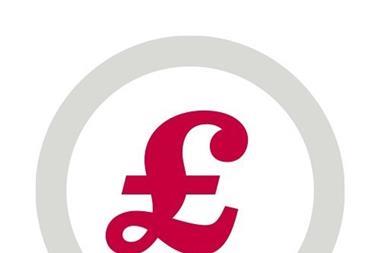
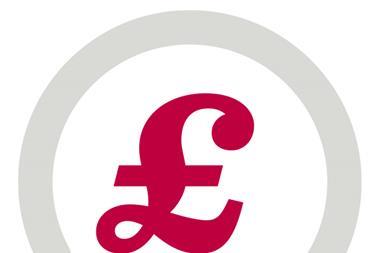
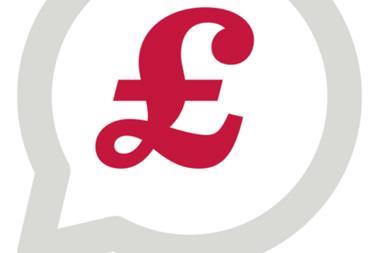
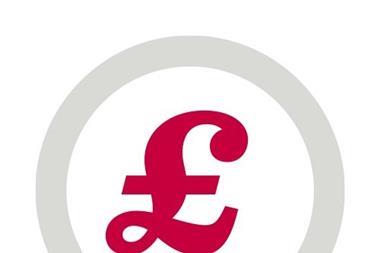

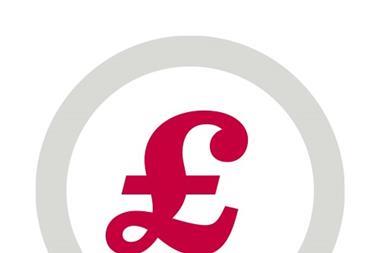
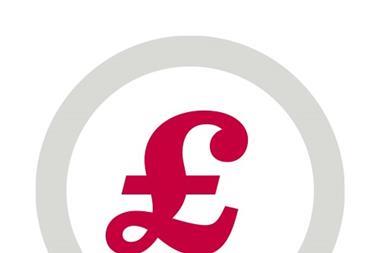

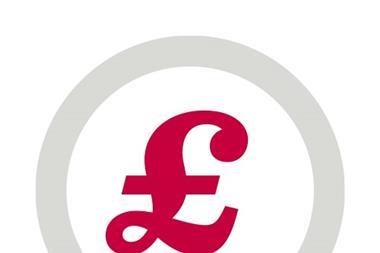
No comments yet